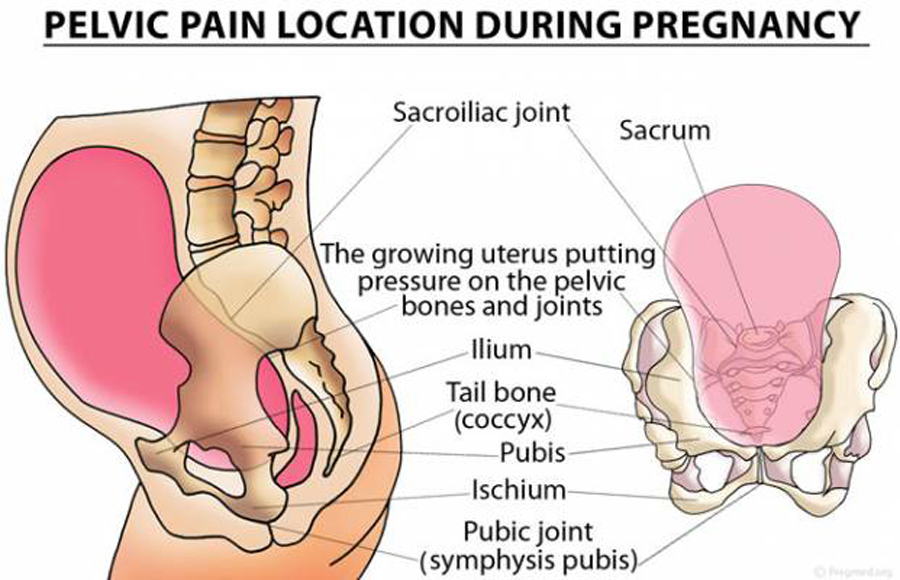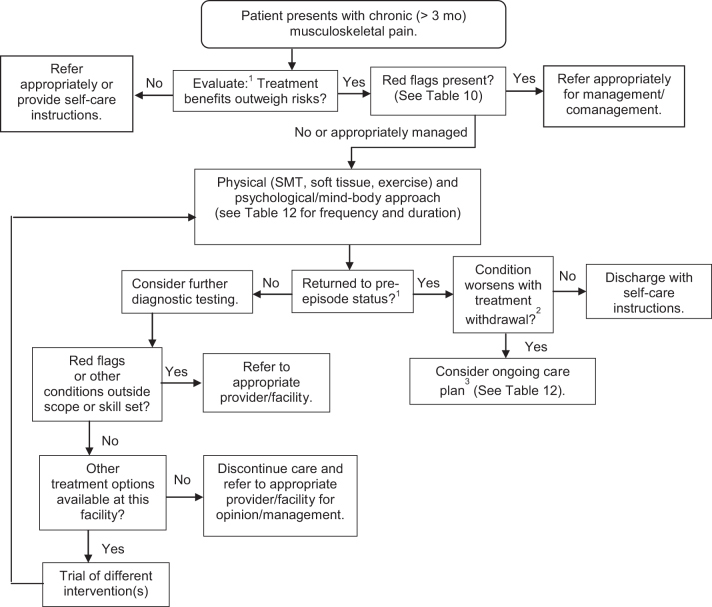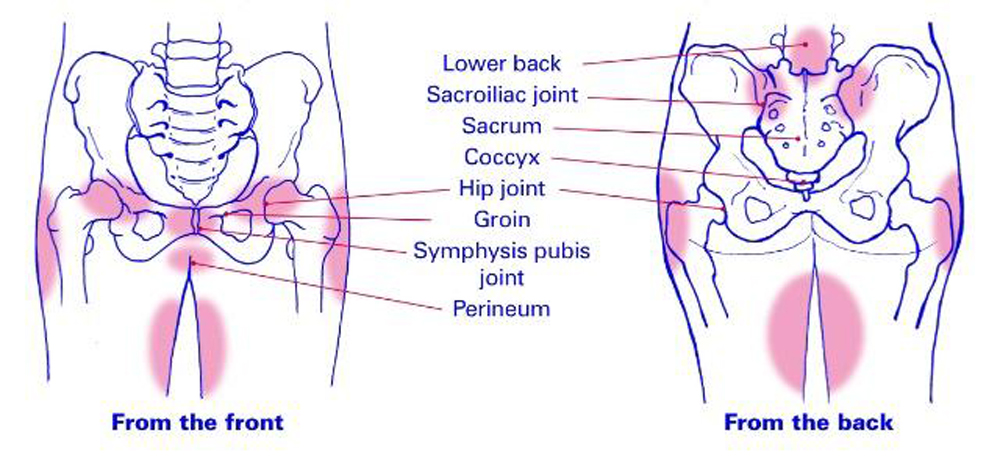Manipulative Therapy for Pregnancy and Related Conditions: A Systematic Review
Manipulative Therapy for Pregnancy and Related Conditions: A Systematic Review
SOURCE: Obstet Gynecol Surv 2009 (Jun); 64 (6): 416–427
Raheleh Khorsan, MA, Cheryl Hawk, DC, PhD, Anthony J. Lisi, DC, and Anupama Kizhakkeveettil, BAMS, MAOM
Military Medical Research and Integrative Medicine,
Samueli Institute,
Corona del Mar,
California 92625, USA
Objective: The objective of this review is to evaluate the evidence on the effects of Spinal Manipulative Therapy (SMT) on back pain and other related symptoms during pregnancy.
Data sources: A literature search was conducted using Pubmed, Manual, Alternative and Natural Therapy Index System, Cumulated Index to Nursing and Allied Health, Index to Chiropractic Literature, the Cochrane Library, and Google Scholar. In addition hand searches and reference tracking were also performed, and the citation list was assessed for comprehensiveness by content experts.
Methods of study selection : This review was limited to peer-reviewed manuscripts published in English from 1966 until September 2008. The initial search strategy yielded 140 citations of which 12 studies were reviewed for quality.
Tabulation, integration, and results: The methodological quality of the included studies was assessed independently using quality checklists of the Scottish Intercollegiate Guidelines Network and Council on Chiropractic Guidelines and Practice Parameters. The review indicates that the use of SMT during pregnancy to reduce back pain and other related symptoms is supported by limited evidence.
Conclusion: Overall, this body of evidence is best described as emergent. However, since effective treatments for pregnancy-related back pain are limited, clinicians may want to consider SMT as a treatment option, if no contraindications are present.
There are more articles like this @ our:




